Indications for reduction mammaplasty
Reduction mammaplasty is recommended for patients with excessively large breasts as well as breasts assymetry. The surgery is carried out in order to:
- Reduce the breast size and achieve the attractive shape.
- Alleviate the pressure on spine and shoulders.
- Keep the nipples, areolas and breast tissue sensation as much as possible.
- Save the lactation function (if possible).
General contraindications: cancer, cardiovascular and acute infectious diseases, chronic hypertensive disease, thyroid disorders, diabetes mellitus, blood-clotting disorder, under-age patients, high hyperadiposis (obesity), pre-arranged pregnancy, recent lactation.
Surgery specifics
During the reduction mammoplasty surgery nipples and areolas (along with nerves and vessels) are moved upwards; excess of the breast and fatty tissue is removed, thus the remaining tissues are fixed in the proper position.
Surgery method depends on the extent of breasts sagging and their size, so the incisions can be made in different places.
There are four different incision options:
- The circle one around a nipple along the areola;
- The incision around the areola extends down to the inframammary fold, under the breast, (vertical incision) – this method is suitable for reduction slightly enlarged breast;
- Two incisions are made – first one around the areola and another one in the shape of “L” letter or inverse “T”. Such method is used for large-sized breasts;
- The incision in the inframammary (under the breast) fold. This needed to eliminate sagging of breast tissue, while the nipple-areola complex is placed properly.
How is the surgery performed in “Certus” clinic?
The examination before the surgery takes 1 hour.
Duration of the surgery: 2-4 hours (depending on the complexity of the surgery). The patient stays in a clinical setting for 1-3 days.
Anaesthesis: general anesthesia.
Incision options. One incision is made vertically or T-, L-shaped around the areola. In other cases the incision is made in the inframammary fold. The process of scars healing takes 6-12 months, after which they are hardly noticeable.
*Recovery period. After the surgery, the breast is bandaged with elastic bandages to reduce the risk of postoperative complications as well as to improve the conditions for the reshaping of reduced breast tissues. The bandaging is then replaced with wearing special compression garments for 1.5-2 months. The stitches are removed in 7-14 days. Swelling and bruising disappear in a few weeks. The final formation of the breast tissue takes place in 3-4 months after the surgery.
*Side effects: temporary bruises, swelling, reduced breast sensation, slight soreness.
*Risks: infectious complications, hematomas, sustainable healing process, asymmetric scarring, reduced nipple, areoles or breast sensation; asymmetry of breast’s shape and size, deformation of the breast contours, the capsular contracture formation, loss of breastfeeding possibility.
*Result is long-term. Size and breast shape tend to change over time.
*The effect, result, risks, and recovery period depend on the individual peculiarities of the human body.


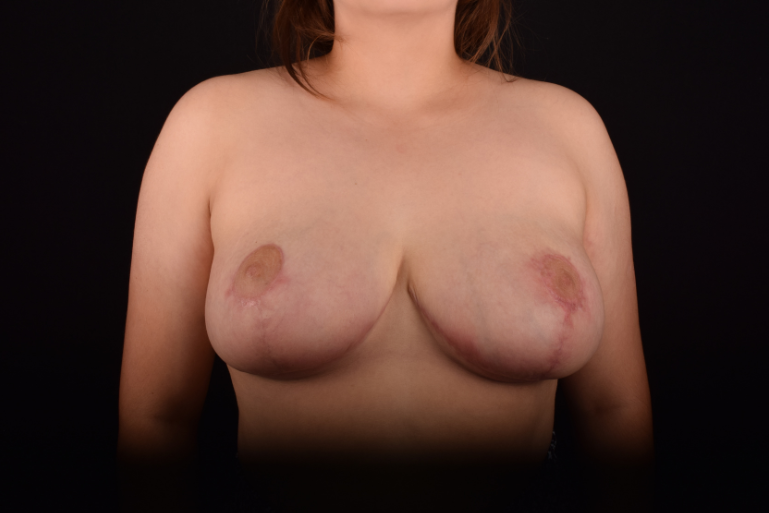
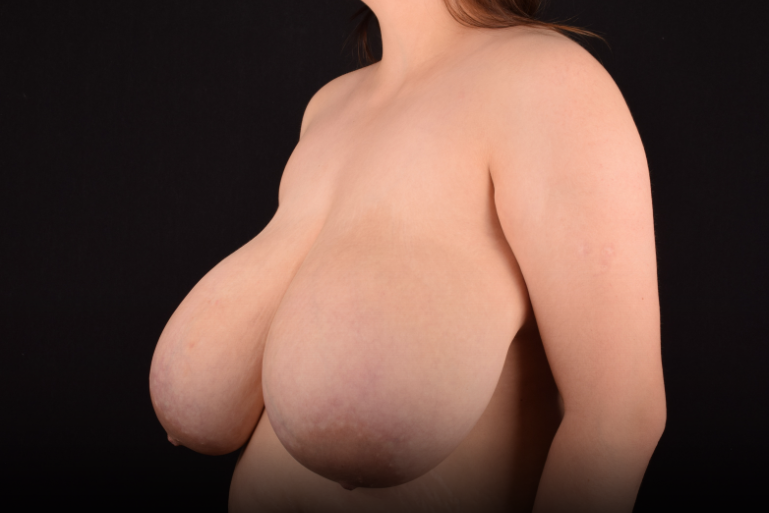
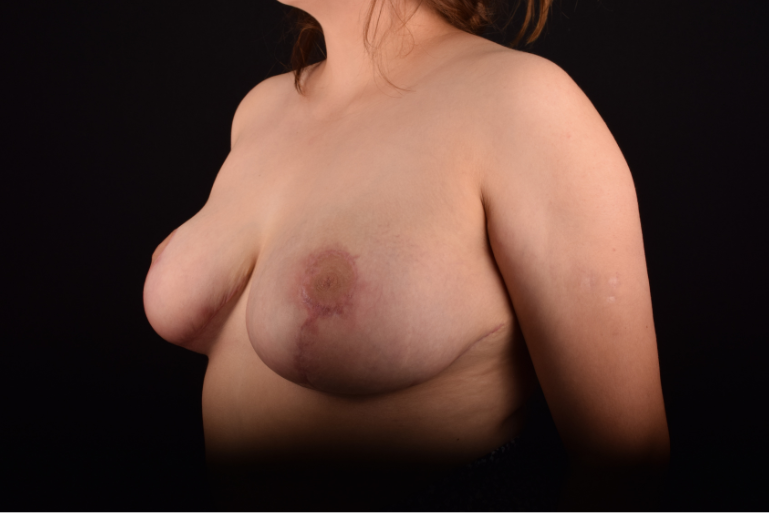
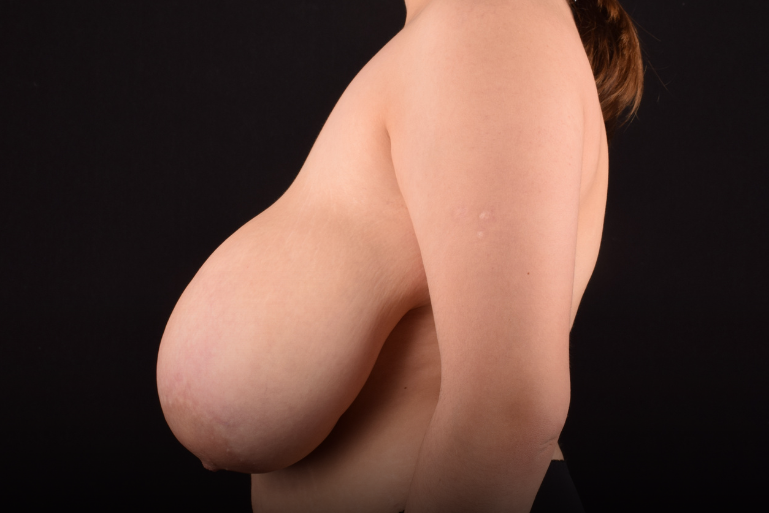
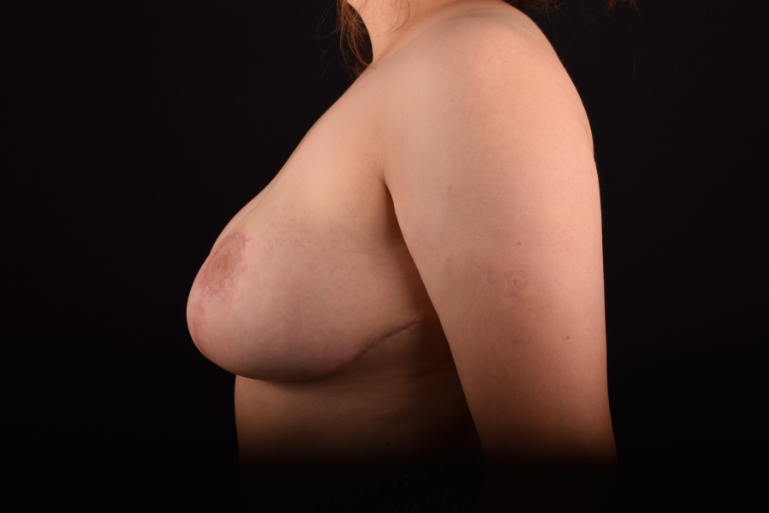
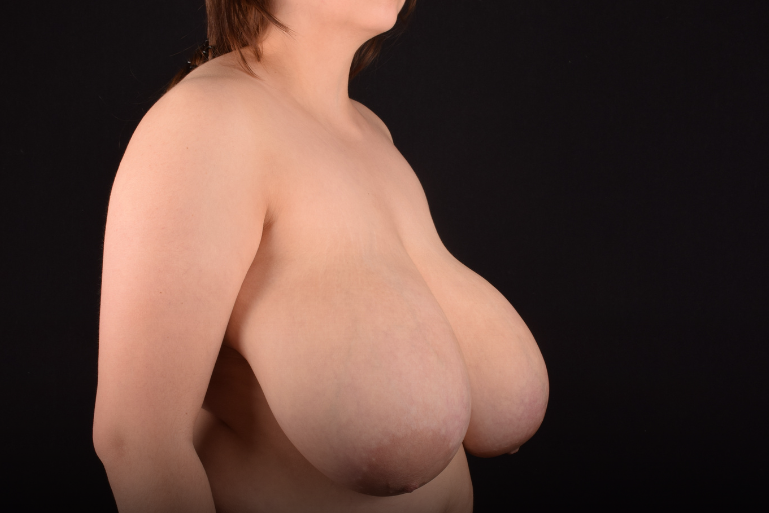
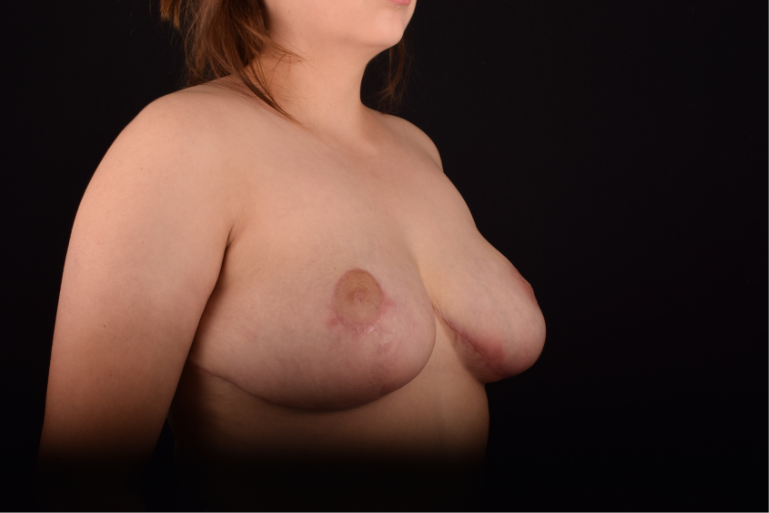








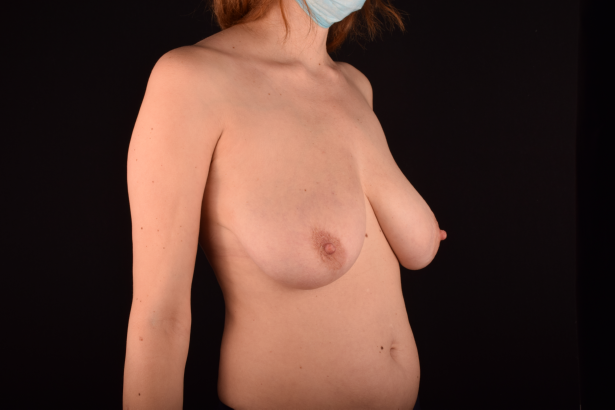
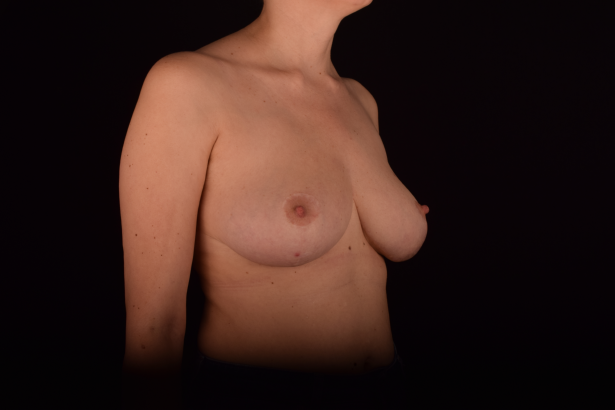
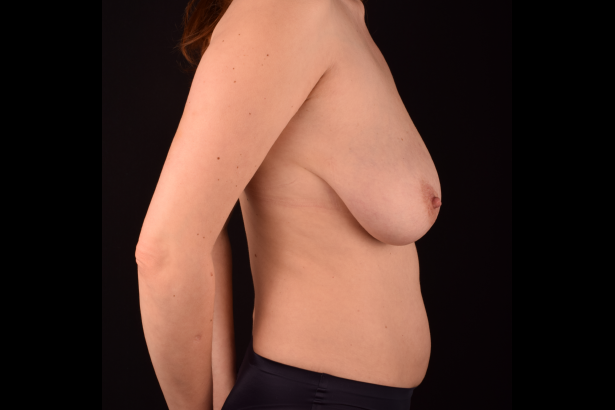
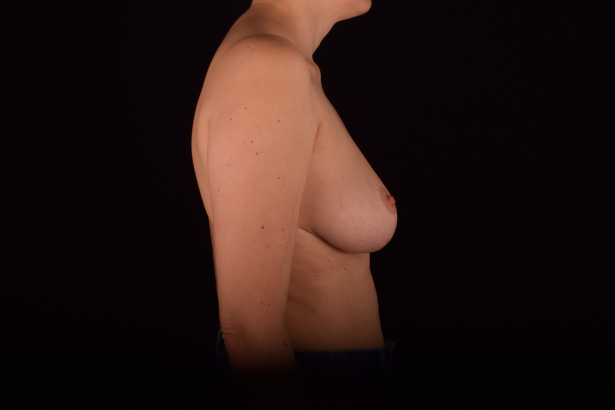
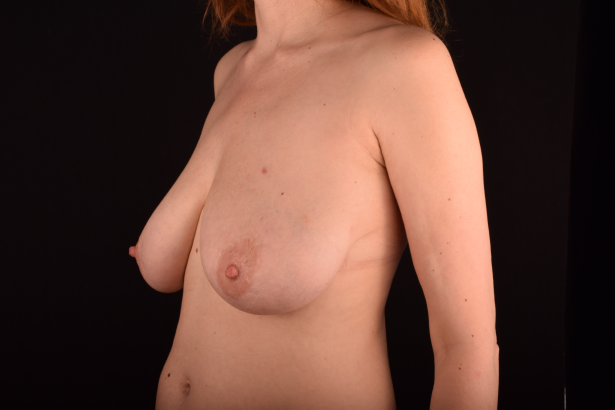
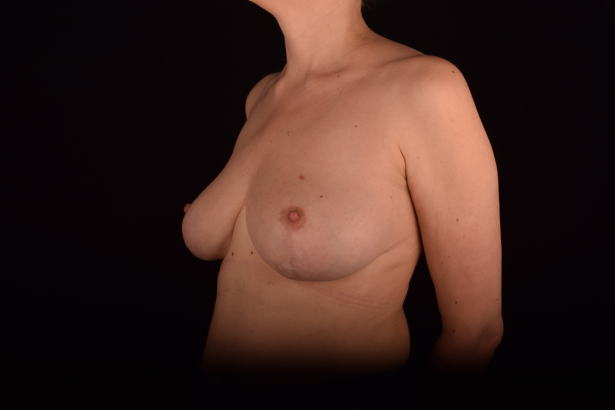
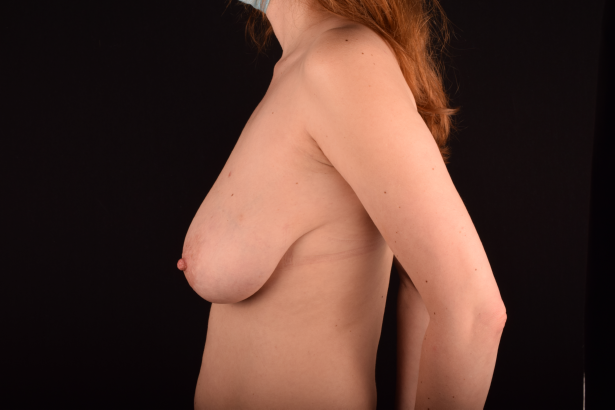

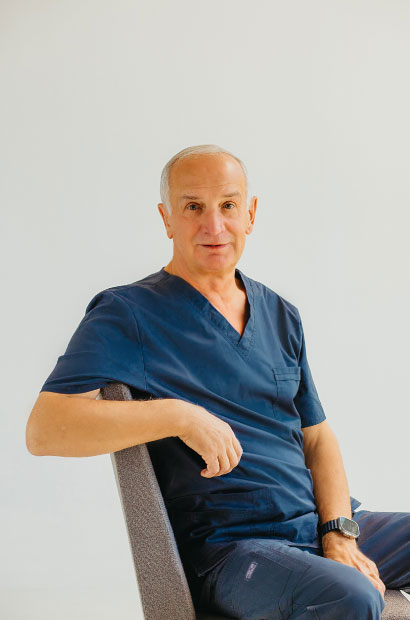

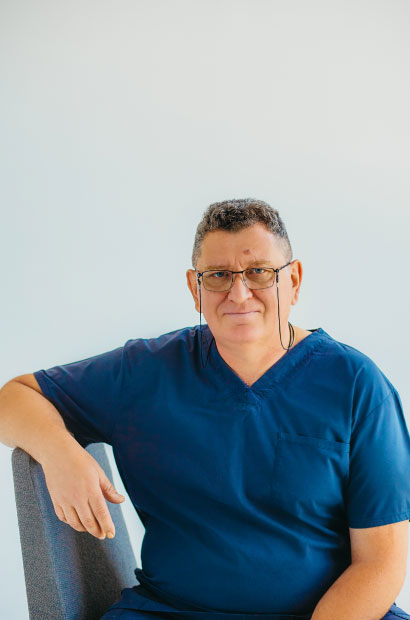






Add review